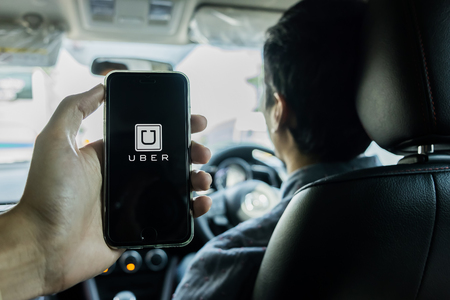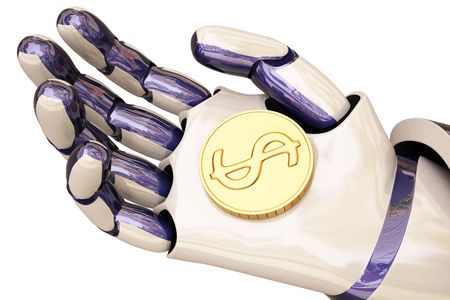There was a human engineer behind the wheel, though it is uncertain whether they were actually in control of the vehicle at the time. It has also been confirmed that there wasn’t a passenger in the back seat of the Uber vehicle.
Most importantly, Uber’s self-driving Volvo had the right of way, and so neither the car nor Uber are being blamed for the crash. Instead, police report that the other car involved did not yield to the Volvo, causing it to flip on its side and smash the other car’s windows.
Uber had started to pick up passengers in Arizona only last month, the first customer being Doug Ducey, the governor of Arizona.
While this crash is not attributable to an error on the part of the autonomous driving technology, Uber has suspended testing in Pittsburgh and Arizona as a precaution.
In fact, this incident may highlight how many car crashes are attributable to human error, rather than machine.
However, it still comes at a bad time for Uber, after the recent filing of a lawsuit by self-driving rival Waymo, which is also testing in Arizona. Uber’s crash shows a much higher-impact crash than any of the minor incidents that Waymo’s cars have been involved with.
References: Futurism Bloomberg Fresco News


.jpg)
.jpg)
.jpg)

.jpg)
.jpg)



